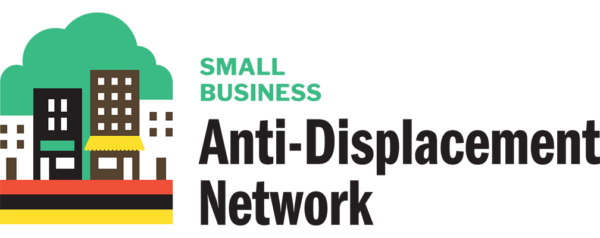There is little data on how the COVID-19 crisis has accelerated or decelerated gentrification, but it is clear that the pandemic has exacerbated existing vulnerabilities and disproportionately impacted communities and businesses of color. POC- and immigrant-owned businesses are concentrated in the neighborhoods and sectors of the economy hit hardest by the crisis, and Black and Latinx businesses have been particularly affected. In a November 2020 survey, one in five Black and Latinx business owners said they expected to close by mid-2021. Immigrant-owned businesses have also closed at a higher rate than non-immigrant-owned counterparts.
Black and Brown businesses are already less likely to have the same access to capital and credit as their White counterparts. Many immigrant and POC business owners struggled to access the federal Covid relief Paycheck Protection Program (PPP) loans and grants, and the majority of this aid went to larger, White-owned businesses.
The COVID-19 crisis threatens to accelerate gentrification processes. Disadvantaged small businesses are in a weak position to withstand the recession, while larger businesses or investors may seek newly vacant or devalued properties, particularly in cities that were already experiencing high levels of gentrification. The COVID-19 crisis may widen the wealth and opportunity gap that fuels gentrification.
Read our director Dr. Willow Lung-Amam’s article about the effect of COVID-19 on commercial gentrification.
For more on COVID-19 and small businesses, see our Research.
